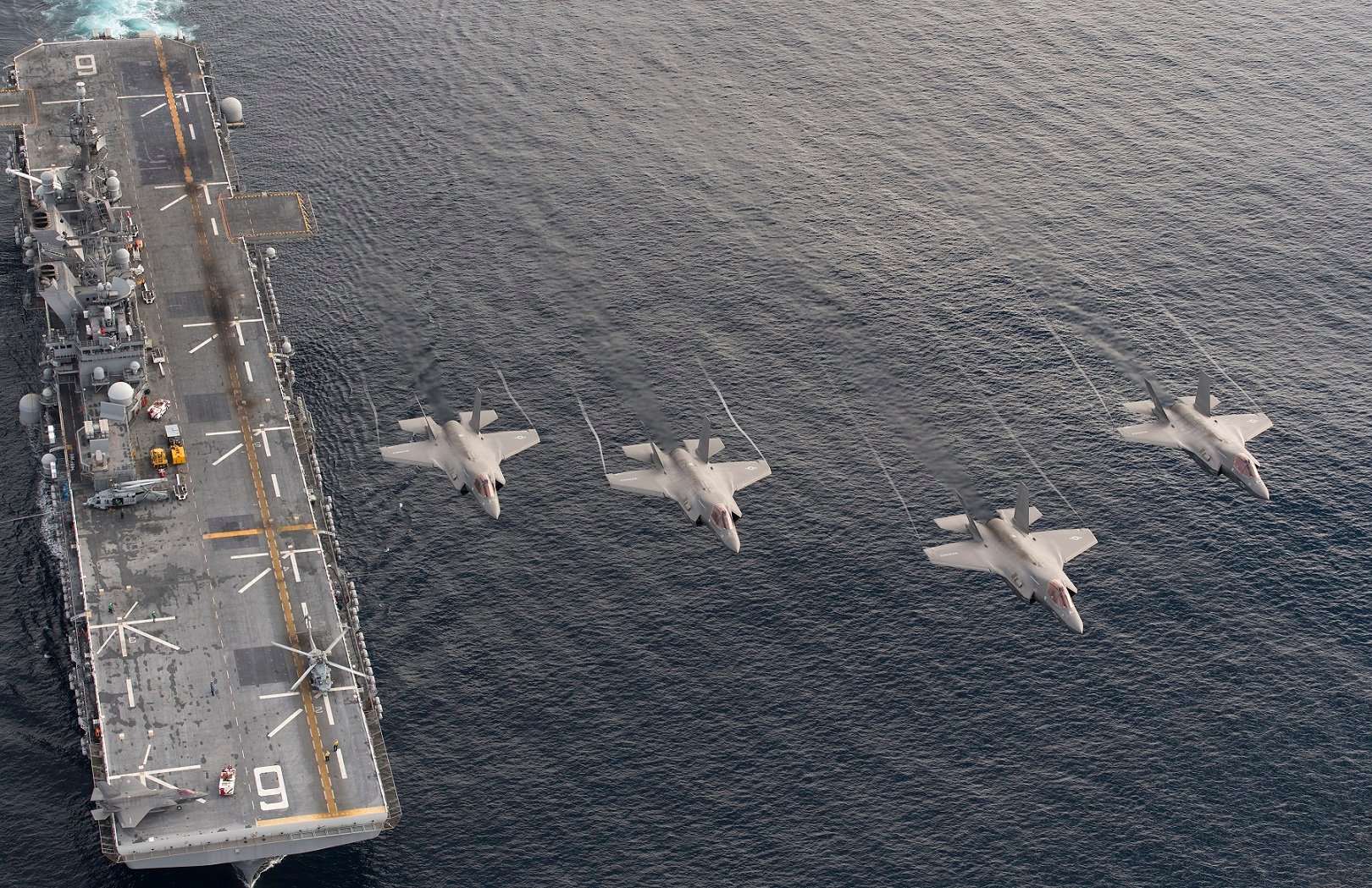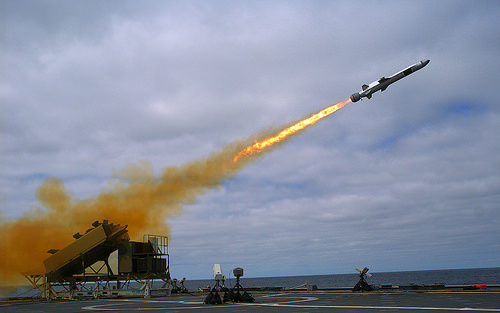
The Trump administration’s focus on “America first” throws into question whether it would launch any new large-scale international joint development programs such as the F-35, a former under secretary of defense for policy said Monday.
Speaking at the Center for Strategic and International Studies, Christine Wormuth said, “having that interoperability is increasingly valuable,” particularly when gained through “working with allies and partners on real-world projects.” Over time the development and operation of these systems strengthen trust and increase the depth of relationships with allies and partners, said Wormuth, now a senior adviser on international security at CSIS. Quoting a Special Forces mantra, she added, “you can’t surge trust.”
But other panelists noted that many challenges – plus the current political climate – could stand in the way of launching another major international joint development program in the near term despite the benefits.
Because these programs take years to move from science and technology projects to full production, Frank Kenlon, former director of international negotiations at the Pentagon, said they need political and economic support with strong advocates inside the Defense Department. They “have to be very stable” for the projects to come to fruition. Otherwise, they could go the way of the Medium Expanded Air Defense System (MEADS), which was projected in the middle 1990s to replace the Patriot Air Defense System but was eliminated to meet the cuts required under the Budget Control Act of 2011.
Kenlon questioned whether there was sufficient support in the Pentagon for future international development programs, but he said the Army-led Future Vertical Lift might be the next opportunity to test that interest.
Andrew Hunter, co-author of a new CSIS report on these types of programs, said in his opening remarks that only in the United States would the question be asked about whether a major development program should be an international program because “we can do this on our own.” He added, “Acquisition is hard; international joint development is harder.”
However, Vidar Skjelstad, president of Norwegian firm Kongsberg Defense Systems, said that “If there is a will there is a way” to make international programs work, reducing friction among partners and complexity in development and production.

For a relatively small company like his, it means finding a niche that fits into larger programs. Skjelstad offered two examples: a Kongsberg-developed rudder for the F-35 that lowered overall program costs enough to cover the cost of two aircraft, and the company’s collaboration with Raytheon on developing an international naval strike missile. Even with the projected increase in American defense spending, he said, “there is only so much R&D [research and development] money to go around at any time,” making international partners and their ongoing research efforts all the more valuable.
Skjelstad also suggested that the scope and complexity of partners’ involvement, as well as the total number of partners brought in for development, can be limited to accelerate the design-to-fielding timeline if needed.
Still, questions remain about whether this type of collaboration would take place or succeed under the Trump administration. Marjorie Censer, defense business editor at Inside Defense, said “we have seen a focus on price” of the F-35 program, highlighted by a recent order to review the program’s cost and whether an improved F/A-18E/F Super Hornet could serve as a more cost-effective alternative. The conversation around F-35 has focused strictly on cost, rather than performance or international collaboration.
“Buy American, hire American; how does this play out,” she asked rhetorically.





